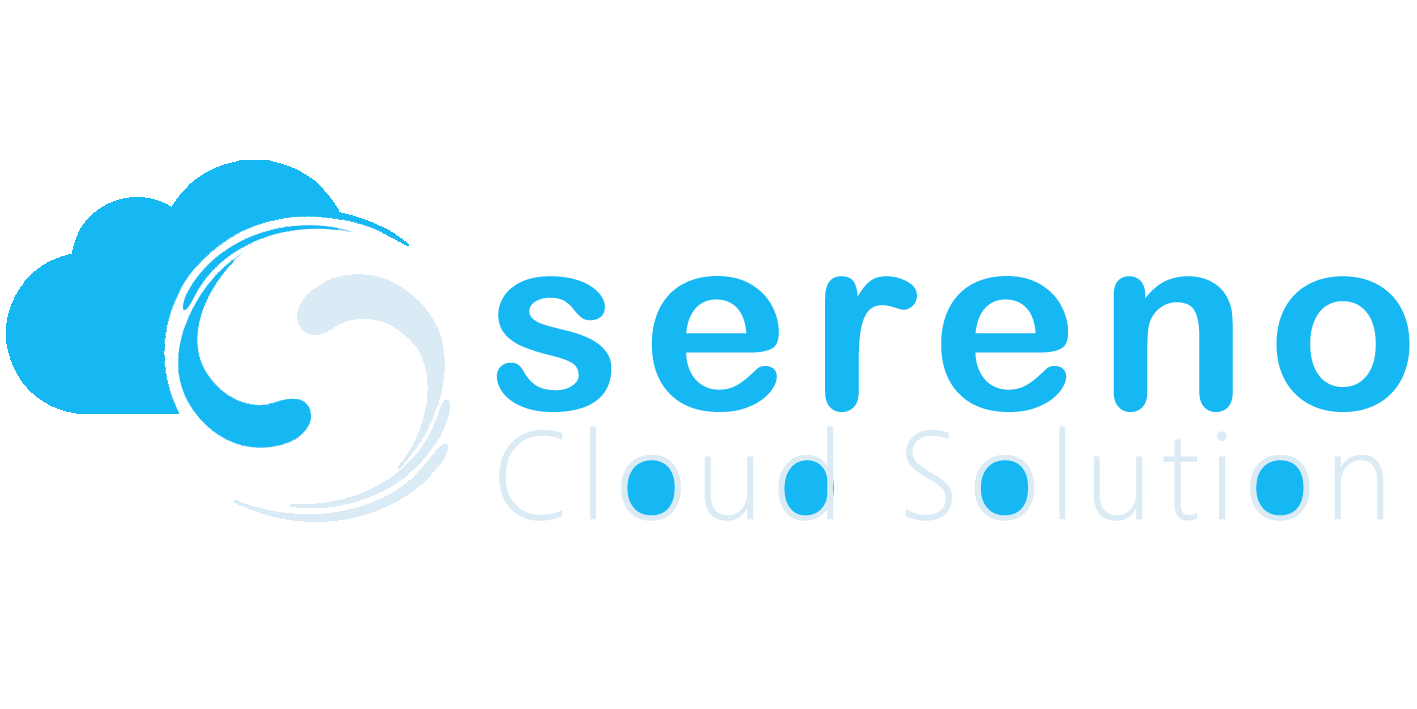Every discipline in modern business, including project management, depends largely on technology and data to function effectively. Contrary to other professions, technology has not significantly changed how project-management procedures are carried out. Software now supports the same tasks that were previously performed manually to increase productivity.
What is project management software for IT projects?
IT teams employ project management software to keep tasks on track, fulfill deadlines, and stay under budget. These tools give business owners the ability to delegate tasks, set due dates, and identify significant achievements. Your IT staff may verify the status of each project and acquire all the information they require by logging into a central site using IT project management software. It functions as a virtual workspace that keeps team members concentrated on bigger objectives while successfully putting out daily fires in your IT estate.
What are the main characteristics of IT project management software?
Requirements management, scheduling, tracking status, managing risks, handling change requests, tracking testing activities, and monitoring conformance are some of the most popular project-management activities that software supports. This list can be quickly skimmed to see how automation and technology can help with both data management and workflow-related tasks. A closer look at the list indicates that many of these activities share characteristics with those found in the IT Service Management (ITSM) industry (continuous operations). Many businesses now use the same capabilities to support both IT project management and IT operations as a result of this similarity.
The following qualities should be included in your IT project management software:
🔹IT project management software includes solutions to support effective staff communication and collaboration. By doing so, a lot of back and forth dialogues are avoided, and the entire context is provided.
🔹Scheduling and deadline management: A project manager may quickly assess the workload of a team member and properly add new activities to their daily agenda without overburdening or detracting from other responsibilities by using the dashboard.
🔹Dashboard: The dashboard for each employee offers a thorough overview of all tasks that have been allocated, their due dates, current projects, and their progress/completion status.
🔹You can assign roles and ownership to each job so that everyone is aware of who is in charge of what aspect of the project. Furthermore, you can include project owners.









